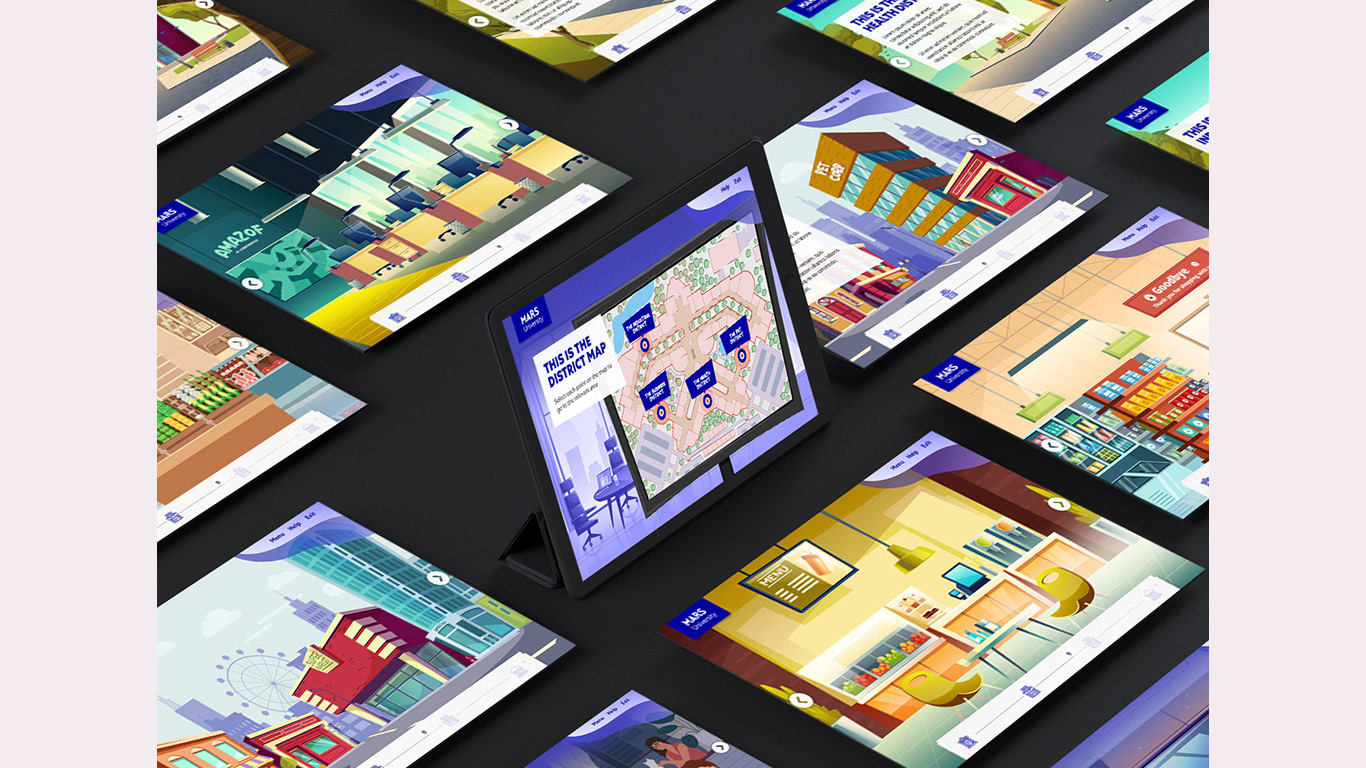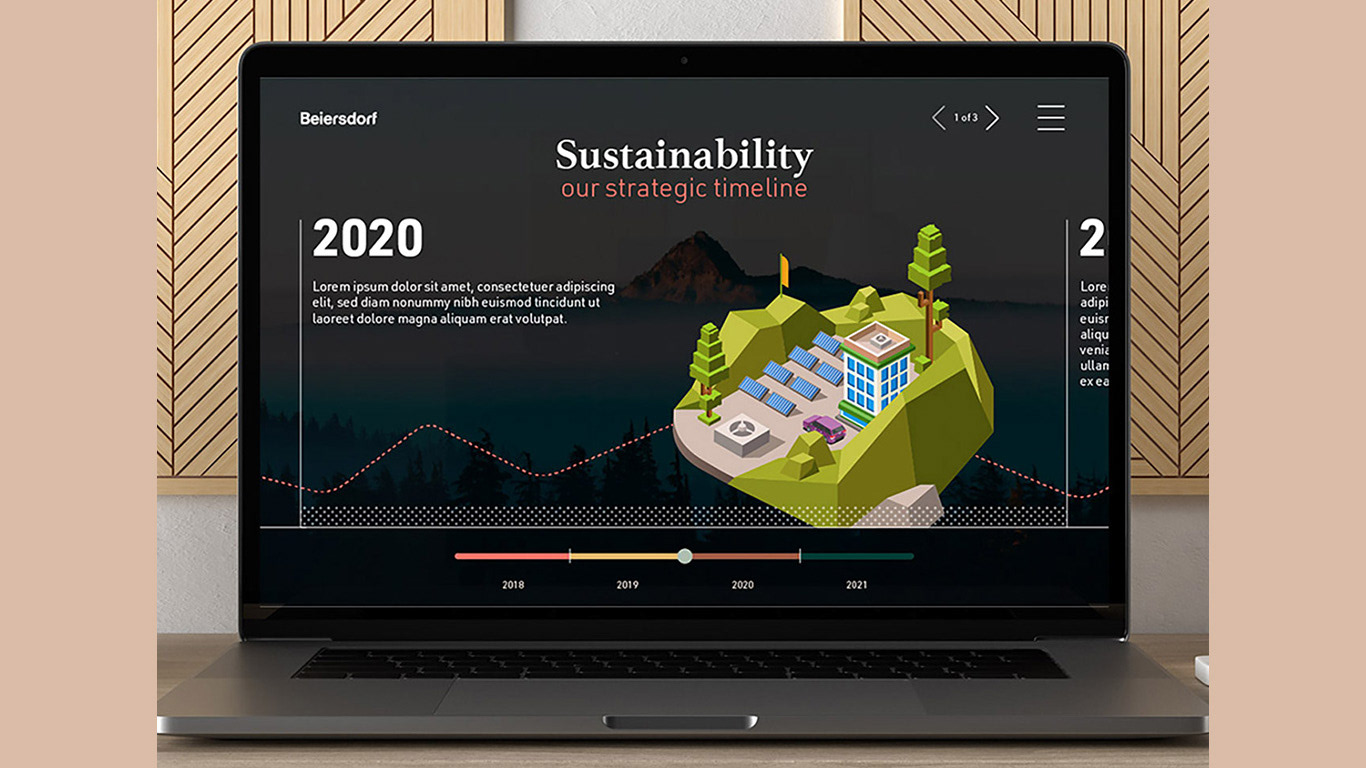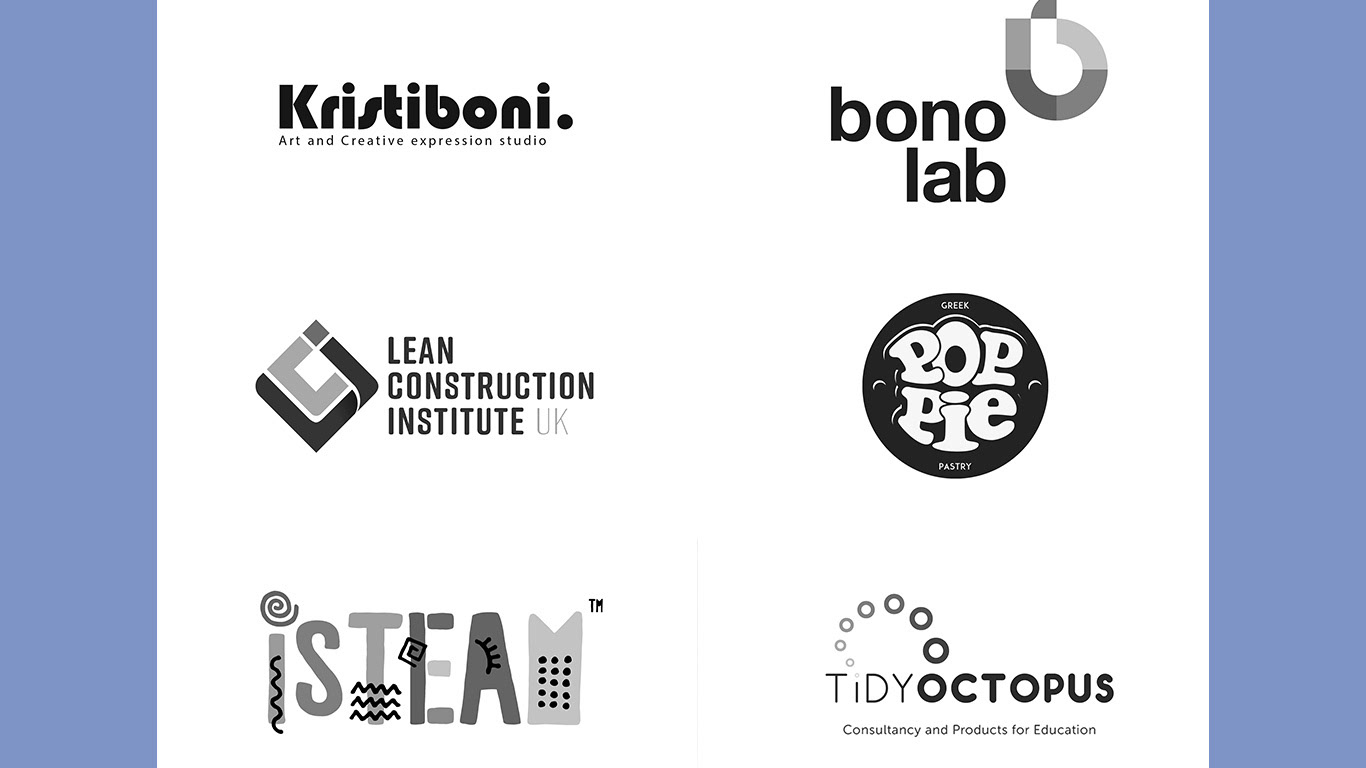⸺
Autonome
Unveiling the Concept of Autonomous Electric Vehicle as a Service (AEVaaS)
Today’s society is changing. We live in a digital era where connected services have become a natural part of everyone’s lives. Our sustainable mindset and need for flexibility set new standards for how we move from A to B. The automotive industry needs to change and prepare for a different tomorrow. Mobility as a service, electrification, and autonomous cars will be a natural part of our daily life.
Key Objectives
In this conceptual project for CEVT, we explore the future of urban mobility with the Autonomous Electric Vehicle as a Service (AEVaaS). Envision a world where transportation is not just a means of getting from A to B but a seamless, sustainable experience. Our conceptual AEVaaS project merges cutting-edge autonomous driving technology with electric vehicles to redefine urban commuting. Picture a city where users can summon an autonomous electric vehicle at their fingertips, contributing to a cleaner, smarter, and more connected urban landscape. The primary objective was to envision a future where urban transportation is not only autonomous but also environmentally sustainable. We sought to showcase the transformative potential of AEVaaS, emphasizing a user-centric experience that promotes convenience, sustainability, and cutting-edge technology.
This project delves into the possibilities of a future where mobility is not just a necessity but an environmentally conscious experience.
Problem Definition
In the 20th century, cars played a vital role in the design and shaping of cities. People started to own cars on a large scale. It led to a steady rise in the number of private cars. Consequently, parking problems arose, and the environment deteriorated. Compared to non-residential areas, residential areas face various challenges with traditional parking spaces.
Nowadays, the increasing use of mobility services contributes a lot to global warming through CO2 emissions. In addition, congestions are time-consuming and stress-inducing. Situations like the 2020 pandemic could offer cleaner transportation without congestion on trains, buses, and other means of transportation.
My Methodology
Research and Conceptualization
We began with an in-depth analysis of current urban mobility challenges, technological advancements in autonomous driving, and the growing demand for sustainable transportation. This informed the conceptualization phase, where we defined the key features and user experience principles for AEVaaS.
Prototyping and Visualization
Leveraging design thinking principles, we developed prototypes and visual representations of the AEVaaS app interface, autonomous vehicle designs, and user interactions. This phase allowed us to bring the concept to life and showcase its potential functionality.
Simulation and User Experience Testing
Using simulation tools, we conducted virtual tests to assess the proposed autonomous driving algorithms and user interface. Iterative testing with potential users provided valuable insights into refining the user experience and addressing any potential issues.
Future Launch and Scalability Planning
Following successful testing, we're now preparing for the full-scale launch of AEVaaS, focusing on market expansion and scalability. Key priorities include integration with city infrastructure, regulatory compliance, and strategic partnerships. Continuous innovation will ensure we meet evolving transportation needs.
The Outcome
Revolutionize: AEVaaS" serves as a conceptual exploration into the future of urban mobility, presenting a vision where autonomous electric vehicles seamlessly integrate into the fabric of city life. This case study demonstrates our commitment to pushing the boundaries of innovation, creating user-centric solutions, and envisioning a sustainable and efficient future for urban transportation.











